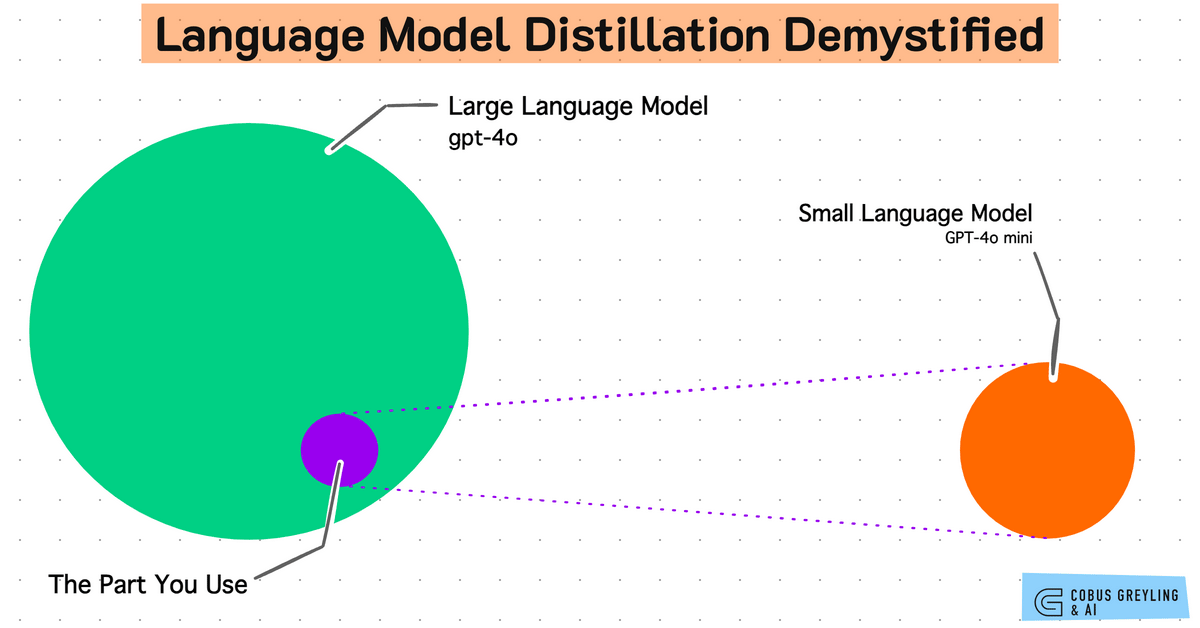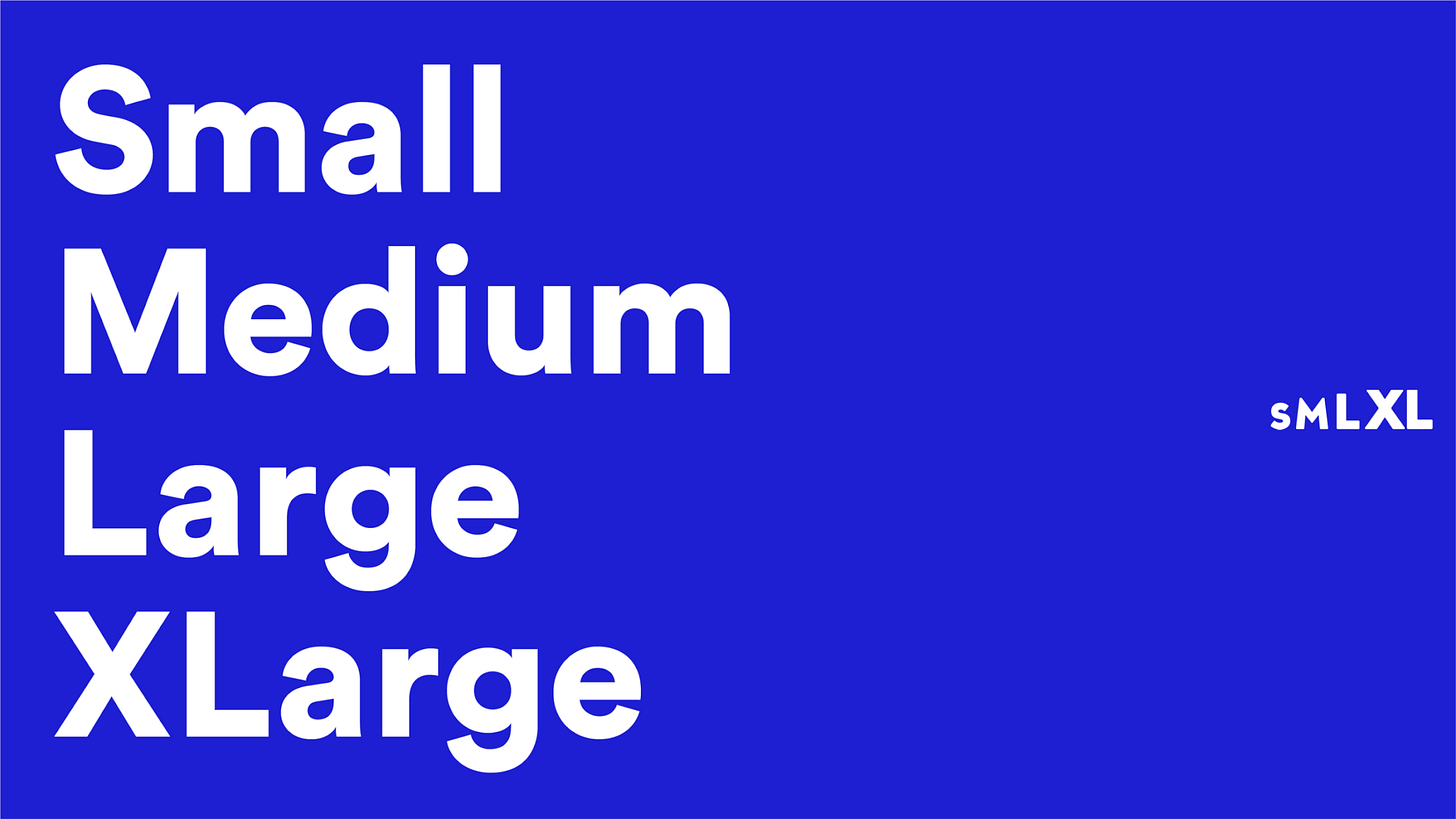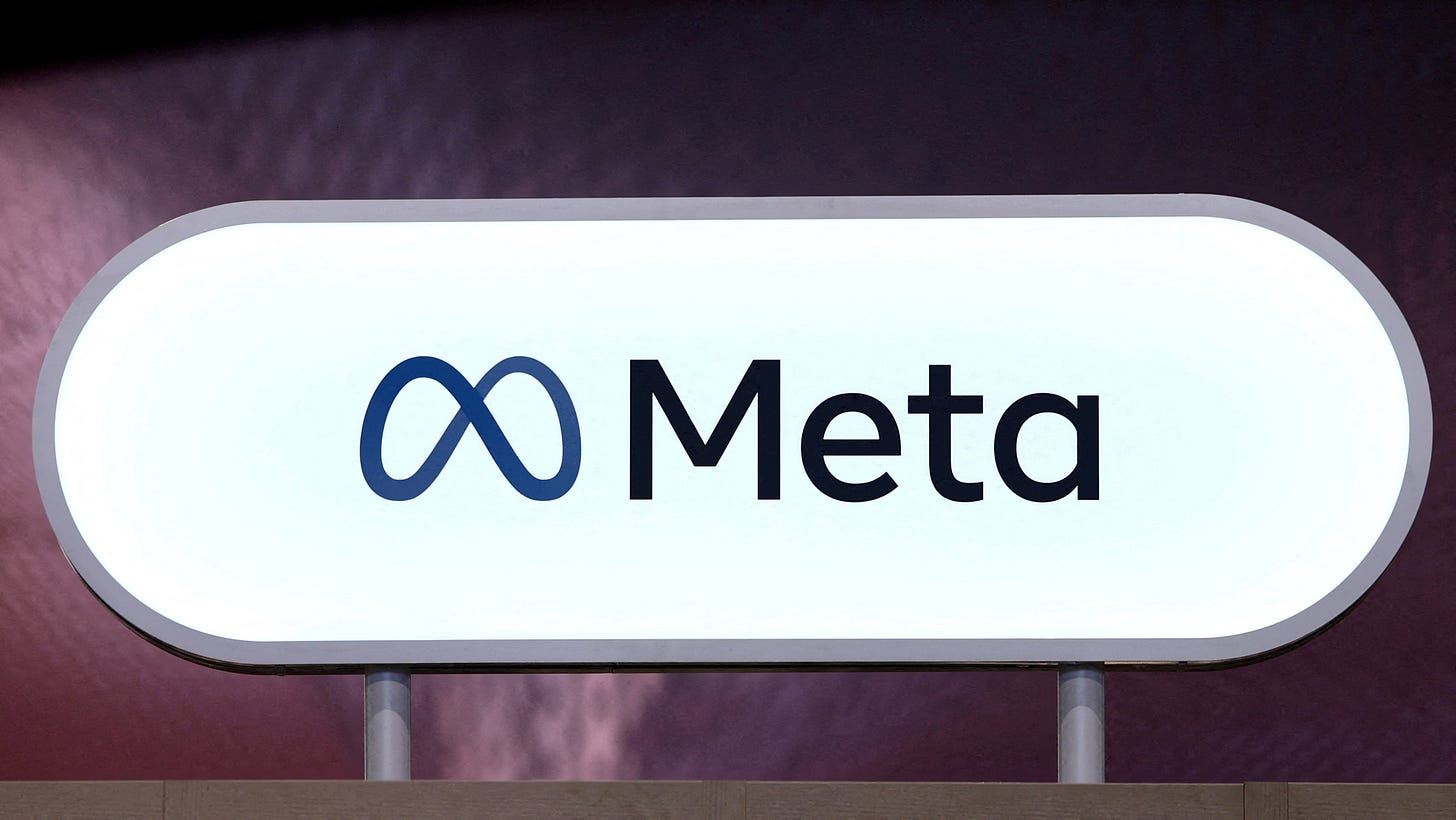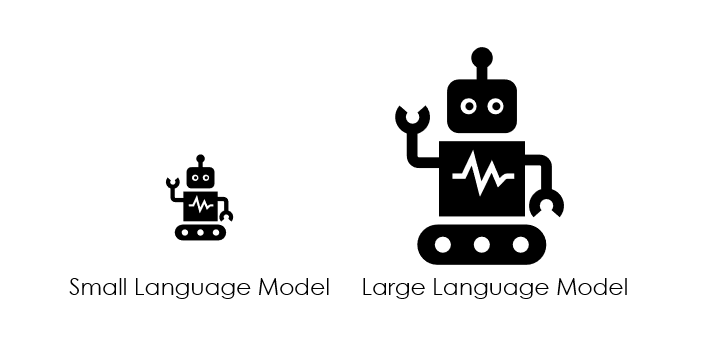
AI: Smaller AIs gain momentum. RTZ #894
I’ve emphasized from the beginning here that this AI Tech Wave will see its ultimate promise of AI applications and services distilled and powered by BOTH large and small language models (LLMs and SLMs) under the hood of most AI devices. Be they desktops, laptops, smartphones, or a plethora of AI devices taking over various parts of our person.
The most successful ‘aggregators’ of multiple AI models to date, Perplexity, has already shown the benefits of mixing and matching models from OpenAI, Anthropic and a range of other providers. The next step is a mix of large and small models to provide AI inference, agents and reasoning capabilities customized to billions of users at work and at play. Leveraging privately their personal data and personalized memory to provide AI augmentation to do everyday things better.
And these models are likely to be a mix of open and closed source technologies. All the major LLM AI companies like OpenAI, Anthropic, Google, Microsoft, Apple and others are embracing this approach. We’re seeing similar approaches in China, where the major tech companies like Alibaba, Tencent, Baidu and others are combining open and closed, large and small AI models from providers like DeepSeek and others to move in this direction.
Meta, which has been the purveyor of the largest open source LLM AIs in various generations of its Llama model is now also embracing this mix of large and small models as well.
For now, the smaller AI models are starting to show their mettle in both personal and business applications of AI.
The WSJ lays it out this trend well in “Large Language Models Get All the Hype, but Small Models Do the Real Work”:
“For many tasks in corporate America, it’s not the biggest and smartest AI models, but the smaller, more simplistic ones that are winning the day.”
“There’s a paradox at the heart of modern AI: The kinds of sophisticated models that companies are using to get real work done and reduce head count aren’t the ones getting all the attention.”
The focus today is weighted towards the larger AI models:
“Ever-more-powerful frontier and reasoning models continue to nab headlines for smashing cognitive records. They’re passing legal and medical licensing exams, and winning math olympiads. Leaders of major artificial-intelligence labs—from OpenAI’s Sam Altman and Anthropic’s Dario Amodei to Demis Hassabis of Google-owned DeepMind and Elon Musk at xAI—talk about a future of “AGI,” artificial general intelligence, in which AIs are as smart as humans.”
“Supposedly, these AI megabrains are the ones coming for all our jobs.”
“But when you talk to chief executives at companies that currently rely on AI day in and day out, you hear a different story. For the overwhelming majority of tasks, it’s not the biggest and smartest AI models, but the most simplistic that are winning the day. These unsung heroes of AI, the ones actually transforming business processes and workforces, also happen to be the smallest, fastest and cheapest.”
But the smaller AI models are gaining ground in far more small ways:
“The reality is, for many of the operations that we need computing for today, we don’t need large language models,” says Kyle Lo, a research scientist who builds open-source large language models at the nonprofit Allen Institute for AI.”
“AI-powered companies have found success by building their software and services more like an assembly line of AI: Information goes in one end, and data, actions or products come out the other. In between, many smaller, simpler, more specialized, faster and cheaper-to-operate AIs are doing all the work.”
And smaller models also are easier to deploy with AI Agents:
“Companies that need to get real work done with so-called AI agents, on a large scale, are finding that “small language models” are more than good enough to power them. What’s more, companies are realizing that they have no choice but to use these small language models, because they are more affordable, and in some cases better suited to the tasks at hand.”
“This is how the future of agentic AI is being built, one workflow at a time.”
Growth is at both ends of the AI model spectrum, with the smaller models gettimg less than their share of the attention:
“It might look like AI-powered systems are becoming more capable because the underlying AI models are becoming smarter. The biggest AI models certainly are advancing.”
“In many cases, though, the truth about corporate productivity gains is that the impact AI is having—on competitiveness, jobs and the like—is the result of human engineers getting better at stitching together smaller, simpler AIs.”
Notable is that Meta is seeing opportunities at the smaller end of the model spectrum:
“Even Meta uses small AI models in this way. In its most recent earnings call, finance chief Susan Li said that when it comes to delivering ads, the company doesn’t use its biggest AI models, “because their size and complexity makes it too cost prohibitive.” Instead, Meta uses its big models to transfer the requisite knowledge about targeting ads to smaller, more lightweight, specialized models that are used in production.”
“What all these companies have in common is that they have built internal knowledge factories that daisy chain together small, simple, fast AIs.”
Another factor in favor of SLMs is cost efficiencies:
“The difference in cost between the biggest and most sophisticated models and the smallest and cheapest is huge. Using an industry-standard weighted average, OpenAI’s smallest, fastest model, GPT-5 Nano, costs around 10 cents per million tokens, while the full-fledged, more sophisticated GPT-5 costs around $3.44 per million tokens. Tokens are the basic units of text that AI processes.”
“What’s more, big models can sometimes use thousands of times as many tokens to complete a task, as they burn through them in an internal monologue they use to reason through an answer.”
“It’s important to note that when it comes to AI models, “smallest and least smart” doesn’t mean least capable. Indeed, small models can be tuned—either as part of their training process or, increasingly, through elaborate prompts—to behave in a way that is specialized for the task at hand.”
The whole piece is worth a read for additional details. Smaller models are gaining tractions for both business and consumer applications.
And big tech companies like Meta, Apple and others are finding opportunities to deploy them across their platforms. That end of the spectrum should be kept an eye on as well this AI Tech Wave. Stay tuned.
(NOTE: The discussions here are for information purposes only, and not meant as investment advice at any time. Thanks for joining us here)













